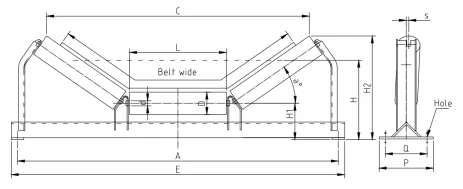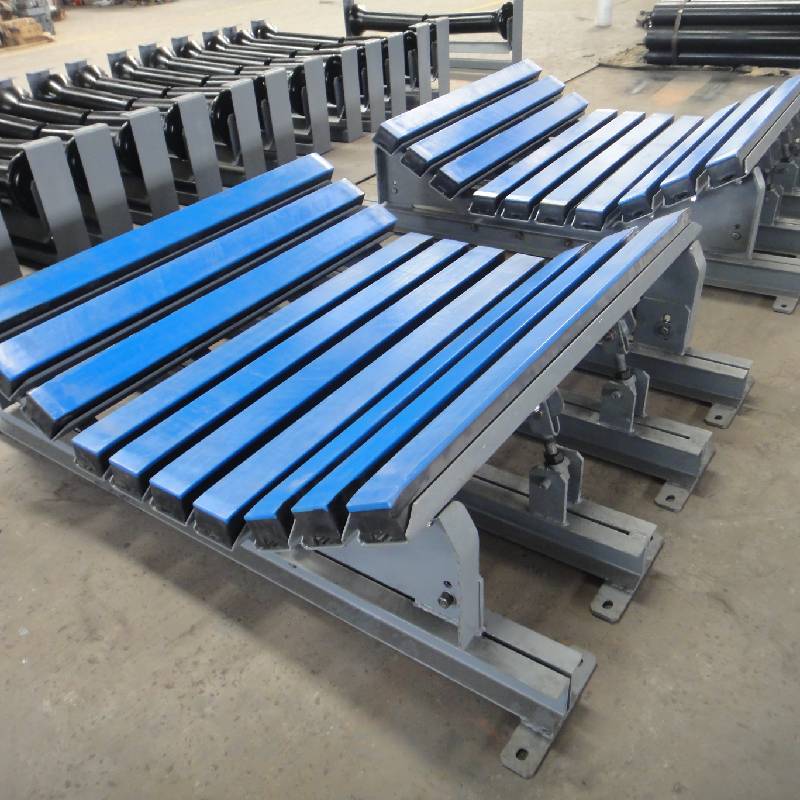 Afrikaans
Afrikaans  Albanian
Albanian  Amharic
Amharic  Arabic
Arabic  Armenian
Armenian  Azerbaijani
Azerbaijani  Basque
Basque  Belarusian
Belarusian  Bengali
Bengali  Bosnian
Bosnian  Bulgarian
Bulgarian  Catalan
Catalan  Cebuano
Cebuano  Corsican
Corsican  Croatian
Croatian  Czech
Czech  Danish
Danish  Dutch
Dutch  English
English  Esperanto
Esperanto  Estonian
Estonian  Finnish
Finnish  French
French  Frisian
Frisian  Galician
Galician  Georgian
Georgian  German
German  Greek
Greek  Gujarati
Gujarati  Haitian Creole
Haitian Creole  hausa
hausa  hawaiian
hawaiian  Hebrew
Hebrew  Hindi
Hindi  Miao
Miao  Hungarian
Hungarian  Icelandic
Icelandic  igbo
igbo  Indonesian
Indonesian  irish
irish  Italian
Italian  Japanese
Japanese  Javanese
Javanese  Kannada
Kannada  kazakh
kazakh  Khmer
Khmer  Rwandese
Rwandese  Korean
Korean  Kurdish
Kurdish  Kyrgyz
Kyrgyz  Lao
Lao  Latin
Latin  Latvian
Latvian  Lithuanian
Lithuanian  Luxembourgish
Luxembourgish  Macedonian
Macedonian  Malgashi
Malgashi  Malay
Malay  Malayalam
Malayalam  Maltese
Maltese  Maori
Maori  Marathi
Marathi  Mongolian
Mongolian  Myanmar
Myanmar  Nepali
Nepali  Norwegian
Norwegian  Norwegian
Norwegian  Occitan
Occitan  Pashto
Pashto  Persian
Persian  Polish
Polish  Portuguese
Portuguese  Punjabi
Punjabi  Romanian
Romanian  Russian
Russian  Samoan
Samoan  Scottish Gaelic
Scottish Gaelic  Serbian
Serbian  Sesotho
Sesotho  Shona
Shona  Sindhi
Sindhi  Sinhala
Sinhala  Slovak
Slovak  Slovenian
Slovenian  Somali
Somali  Spanish
Spanish  Sundanese
Sundanese  Swahili
Swahili  Swedish
Swedish  Tagalog
Tagalog  Tajik
Tajik  Tamil
Tamil  Tatar
Tatar  Telugu
Telugu  Thai
Thai  Turkish
Turkish  Turkmen
Turkmen  Ukrainian
Ukrainian  Urdu
Urdu  Uighur
Uighur  Uzbek
Uzbek  Vietnamese
Vietnamese  Welsh
Welsh  Bantu
Bantu  Yiddish
Yiddish  Yoruba
Yoruba  Zulu
Zulu Feb . 12, 2025 12:39
Back to list
Customized Roller
In manufacturing and industrial contexts, the belt conveyor roller often plays an unsung role critical to the efficiency of any material handling process. When we talk about conveyor systems, the conversation often circles around the more visible belts, motors, and frames. However, without the right rollers, the system's heart and soul, even the priciest belts can falter. The core strength of a belt conveyor lies in its expertly engineered rollers, which demand a deeper understanding of their attributes and functionality.
Surface coating extends a roller's life by protecting it against wear and environmental factors. Chrome plating and polymer coatings are popular choices for enhancing durability and corrosion resistance. The seal design is another often overlooked element but underscores the roller's capacity to operate seamlessly in dusty or wet environments. Here expertise in choosing a robust seal design can significantly mitigate maintenance demands and prolong the life of not only the rollers but the entire conveyor. Expertise in maintenance and installation plays another critical role in extending the belt conveyor system's life and efficiency. Industry best practices suggest regular inspection for signs of wear or misalignment, immediate replacement of compromised parts, and periodic lubrication of rollers to ensure silent operation and friction reduction. Proper installation practices ensure optimal alignment and tension, pivotal factors in enhancing both belt and roller longevity. Real-life experiences have repeatedly shown that injecting technology with regular innovation—such as smart sensors for predictive maintenance—can radically enhance a roller’s operational reliability. By embedding IoT technology within rollers, operators can predict potential failures before they result in downtime, streamlining repair schedules and reducing unexpected costs. Authoritativeness in the field involves leveraging insights from industry leaders and aligning with accredited manufacturers known for their innovation and reliability in conveyor technology. Establishing partnerships with recognized entities not only ensures machinery aligns with the latest safety and efficiency standards but also taps into extensive research and development reserves. Conveyor systems embody a dynamic play of forces, and at the heart of this play are the belt conveyor rollers. Trustworthiness in the context of a conveyor roller comes not just from technical specifications, but from the consistent application of strategic expertise, real-life experience, and leveraging trusted, leading-edge industry practices. Choosing the right conveyor roller is a multifaceted decision, with the potential to significantly enhance productivity and reduce operational dilemmas when approached with knowledge and forward-thinking strategy.


Surface coating extends a roller's life by protecting it against wear and environmental factors. Chrome plating and polymer coatings are popular choices for enhancing durability and corrosion resistance. The seal design is another often overlooked element but underscores the roller's capacity to operate seamlessly in dusty or wet environments. Here expertise in choosing a robust seal design can significantly mitigate maintenance demands and prolong the life of not only the rollers but the entire conveyor. Expertise in maintenance and installation plays another critical role in extending the belt conveyor system's life and efficiency. Industry best practices suggest regular inspection for signs of wear or misalignment, immediate replacement of compromised parts, and periodic lubrication of rollers to ensure silent operation and friction reduction. Proper installation practices ensure optimal alignment and tension, pivotal factors in enhancing both belt and roller longevity. Real-life experiences have repeatedly shown that injecting technology with regular innovation—such as smart sensors for predictive maintenance—can radically enhance a roller’s operational reliability. By embedding IoT technology within rollers, operators can predict potential failures before they result in downtime, streamlining repair schedules and reducing unexpected costs. Authoritativeness in the field involves leveraging insights from industry leaders and aligning with accredited manufacturers known for their innovation and reliability in conveyor technology. Establishing partnerships with recognized entities not only ensures machinery aligns with the latest safety and efficiency standards but also taps into extensive research and development reserves. Conveyor systems embody a dynamic play of forces, and at the heart of this play are the belt conveyor rollers. Trustworthiness in the context of a conveyor roller comes not just from technical specifications, but from the consistent application of strategic expertise, real-life experience, and leveraging trusted, leading-edge industry practices. Choosing the right conveyor roller is a multifaceted decision, with the potential to significantly enhance productivity and reduce operational dilemmas when approached with knowledge and forward-thinking strategy.
Next:
Latest news
-
Revolutionizing Conveyor Reliability with Advanced Rubber Lagging PulleysNewsJul.22,2025
-
Powering Precision and Durability with Expert Manufacturers of Conveyor ComponentsNewsJul.22,2025
-
Optimizing Conveyor Systems with Advanced Conveyor AccessoriesNewsJul.22,2025
-
Maximize Conveyor Efficiency with Quality Conveyor Idler PulleysNewsJul.22,2025
-
Future-Proof Your Conveyor System with High-Performance Polyurethane RollerNewsJul.22,2025
-
Driving Efficiency Forward with Quality Idlers and RollersNewsJul.22,2025
OUR PRODUCTS





























